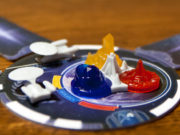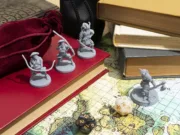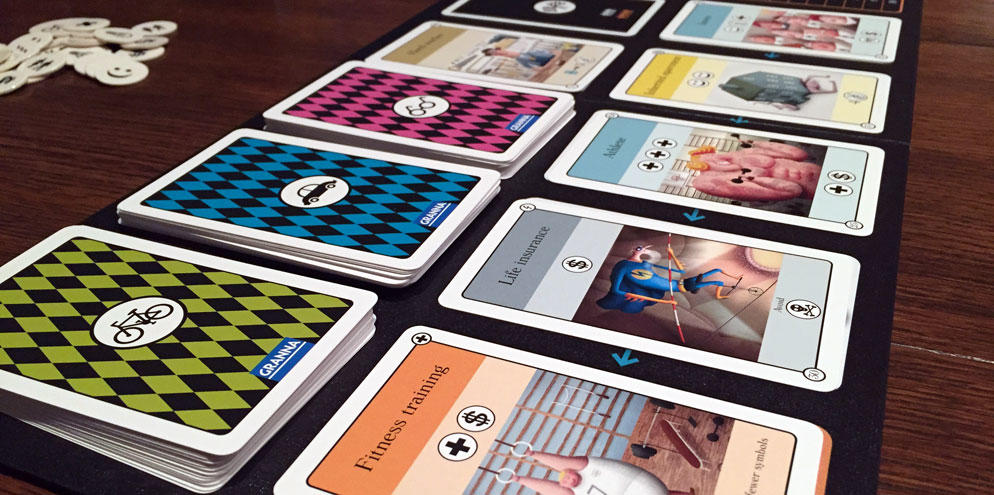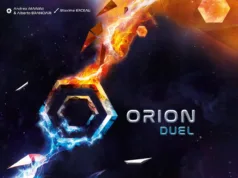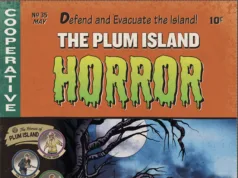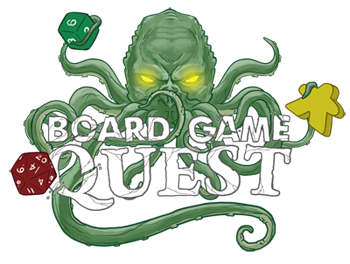 “CV” means curriculum vitae, your resume. When you look back at the many paths your life has taken, you can’t help but wonder how things would have turned out had you taken a different turn here or there.
“CV” means curriculum vitae, your resume. When you look back at the many paths your life has taken, you can’t help but wonder how things would have turned out had you taken a different turn here or there.
Today, we are going to be looking at CV, a Yahtzee-style dice game from Passport Games Studios. In CV, you will be determining the course of your life over a few different ages. With simple game play mechanics and entertaining artwork, CV offers a light and casual gaming experience. But is it fun? Let’s find out.
CV is a dice rolling and card drafting game for 2-4 players that takes about 45-60 minutes to play. CV plays best with 2 players.
Game Overview:
In CV, you will be determining the course of your life over three main ages (early adulthood, middle age, and old age). Each turn, you will roll anywhere from 4-7 dice, and use the results to draft up to two cards from the main track. As you gain more cards, your options will open into more powerful combos. A little bit of engine building and a lot of luck form the foundation of CV.
Game Components:

CV gets to join Splendor in the hall of fame for games with ridiculously oversized boxes. Opening up the box, I was expecting a pile of components to greet me. Instead, I found a very large plastic insert holding 87 cards, 7 dice, a handful of tokens, game board, score pad/pencil, and the rulebook. All of this could have easily fit in a box a quarter the size.
The cards are the main attraction in CV and are illustrated with some highly entertaining artwork that perfectly fits the feel of the game. Each card lists its cost to purchase and also the benefit it provides. I do need to say that I wasn’t exactly impressed with the quaintly of the cardstock. It feels a tad flimsy.
The dice are custom printed with the games icons, 6 in total. The tokens themselves match the faces on the dice and are used as reminders for which benefits your cards are providing. Again, the cardboard stock for the tokens felt a bit light.
Overall the components have their pros and cons, but I would have liked to see a bit higher quality overall in the materials.
How to Play:
The gameplay in CV is easy to learn and you should be up and running in no time. Each player starts the game with 3 childhood memory cards. These are one-time event cards that will aid players during the game (and also a start player card).
Each player is also dealt a life goal and a few of them are made public on the game board. Final the three age decks are shuffled and placed in their respective piles.
Starting with the start player, each player takes a turn in a clockwise manner.
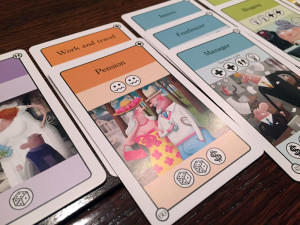
1. Roll Dice: Players roll 4 dice, plus any extra dice granted by their cards. Any bad luck symbols are set aside. The rest of the dice may be re-rolled up to two times.
2. Select Cards: Using the symbols on their dice (or granted by previously purchased cards), a player may buy up to two cards from the game board. If a player happens to roll 3 good luck symbols, they may take any card, regardless of cost.
3. Bad Luck: If a player rolled 3 bad luck symbols, they must discard one active card from their CV.
4. Add to CV: The cards purchased this round are added to the player’s CV. Like colored cards are stacked and only the top most card is active. So if a player had a card granting them an extra die to roll, once they cover it with another card, they lose that benefit.
5. Cleanup: Move all cards on the track to the left, filling any empty spaces, then draw and fill the track back up. Cards are drawn from the early adulthood deck first, moving on to the other decks as cards run out.
The game ends at the end of a round when the old age deck has fewer cards remaining than the number of players. Players gain VPs for their amount to relationship, health, and knowledge cards (based on a score track). They then count the points from their possession cards and finally the goal cards they achieved. Public goal cards are awarded to the player that best achieved it. The player with the most points is the winner.
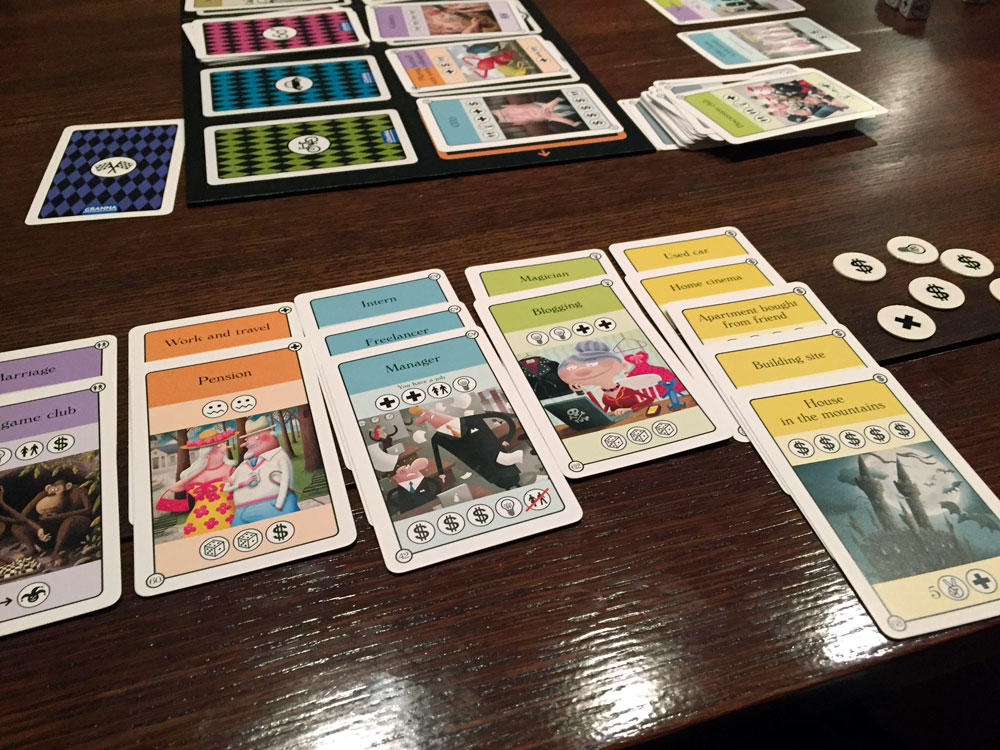
Game Experience:
If you are a fan of Yahtzee or Yahtzee-style games, than I think you will enjoy CV. If you couldn’t tell from the rules above, games of CV are really easy to learn. Roll the dice, use your symbols, and acquire cards. And since you only have, at most, 6 cards active at a time, there is no worries about being overload with symbols to check.
With that simplicity also comes the heavy luck nature of CV. From the rolling of the dice to what cards are available when it’s your turn to purchase, expect Lady Luck to play a decent role in your games of CV.
That being said, the game does provide ways to mitigate luck a bit. Many CV cards offer both re-rolls and also dice icons. So you can try and build an engine that will help you buy cards that you prefer (or meet your goal). This was a nice touch to stop the game from descending too far into randomness.
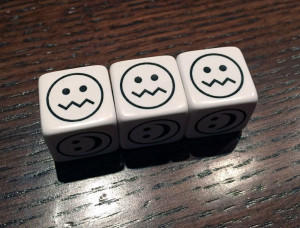
One really interesting aspect of CV was through the use of the bad luck symbols. Many times in dice games, there will be a rush to get as many dice as possible. With CV, the dice act as a bit of a double edge sword, because the more dice you have, the more chances you have to roll that dreaded bad luck symbol. I liked this aspect as it helped stop a leader from running away with the game.
At the start of this review, I mentioned that I felt that CV plays best with 2 players. There are a couple of reasons for that. The first is the lack of player interaction. For the most part, you will be buying cards from the board and putting them into your tableau. There are only a couple of cards that will have you interacting with your fellow players, and their effects are fairly minimal.
The second is the downtime in the game. Since there is not really any player interaction, once you get into 3-4 players, the time between your turns gets really long. This is especially true later in the game when players have a good number of dice and symbols to use. Watching a player spend 5 minutes trying to decide how best to use 10 different symbols are far from entertaining. So I think CV plays great with two players, and will rarely want to go higher than that.
That being said, CV does make an excellent family game or gateway game. The rules are easy enough to understand that it can be played by just about anyone. However, CV is a really light game and most gamers will probably not be playing this one too often in a row. I can see CV being pulled out once in a while when you have a family member looking to play a game, but there just isn’t enough variety here for too many repeated plays. CV is just begging for an expansion.
Final Thoughts:
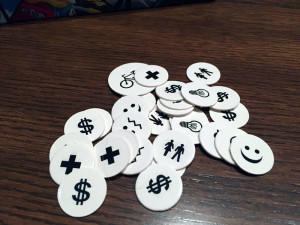
CV presented us with a unique theme that should be explored more often in gaming. I enjoyed charting the course of my life during the game and could even start a narrative if I was in the mood. The easy to learn rules helped this one hit the table a few times already and I feel like it makes a great gateway game.
However, the subpar player scaling and lack of player interaction hold back this light game from being a really great game. Since players run through all the cards in the game each time they play, I feel like you’ll be ready to move on from CV sooner than you’d like. An expansion could definitely help keep this one fresh and also address some of its flaws.
If you are a fan of Yahtzee-style games, then CV is absolutely worth a look. This is especially true if you mostly play two player games. People looking for a light game to play with family or friends can use CV as a gateway game, and eventually move on to heavier fare. For the rest of us, CV is a good game, that’s still a few steps away from being great.
If you’d like to get a copy of CV, you can pick it up for about $30.
Final Score: 3 Stars – A fun dice rolling game that will appeal to fans of Yahtzee-style games. It could use an expansion for a deeper experience.
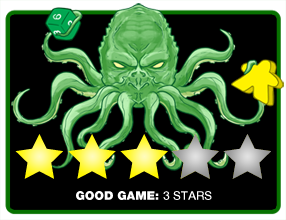 Hits:
Hits:
• Easy to learn rules
• Makes a good gateway game
• Entertaining theme and artwork
Misses:
• Player scaling could be better
• Lacks player interaction




